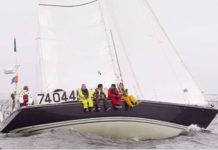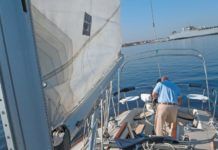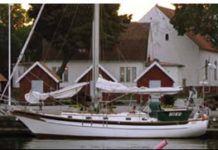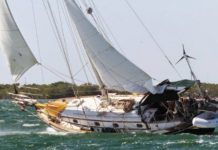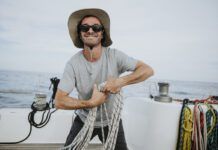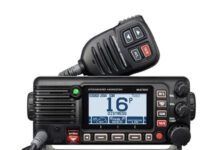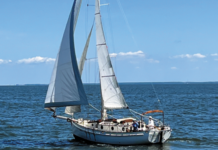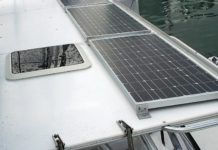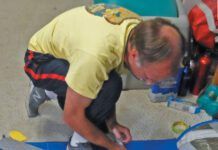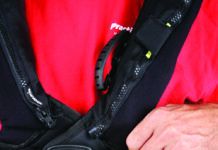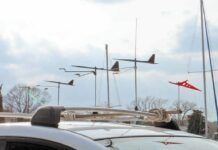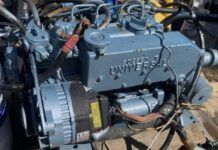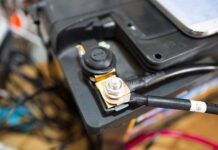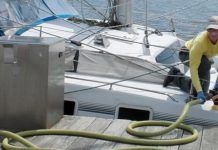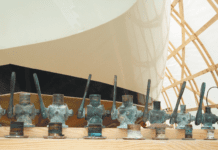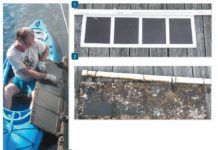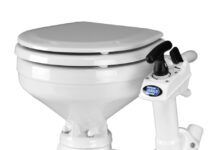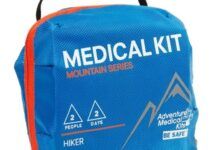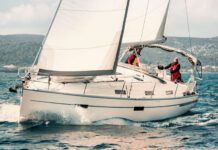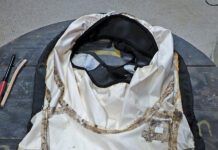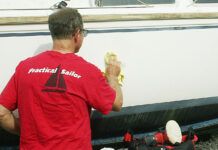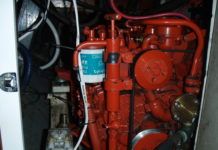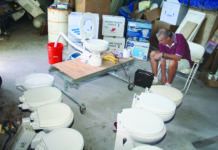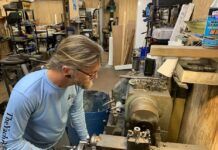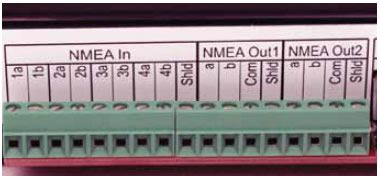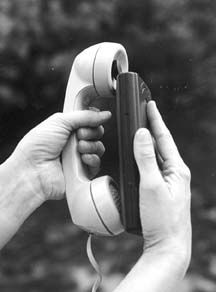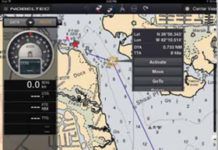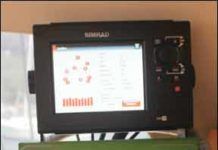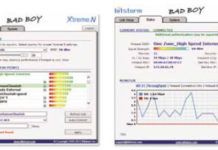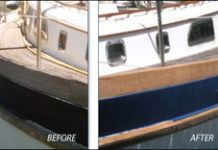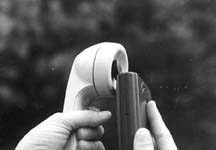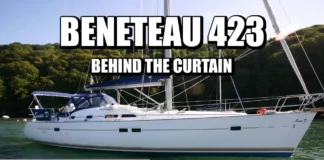Test Driving New Nobeltec TZ
Nobeltec, a marine-navigation software developer based in the U.S., recently released a new chartplotting app for the iPad: Nobeltec TZ (or Time Zero). We...
GoFree: Simrad Nav Goes Mobile
Being natural-born skeptics, Practical Sailor testers are always pleasantly surprised when we test gear that meets-or almost meets-the hype from its makers and marketers....
The New Bad Boy
What We FoundThe setups power usage-including the Unleashed-was minimal, typically in the range of 200-300 milliamps, less than our ability to measure it precisely.Installation...
Mailport: July 2010
I recently read your article on two-part teak cleaners (May 2010), and the timing was perfect as I was about to undertake that very...
Touchscreen plotter-sounder test: Simrad NSS7 vs. Raymarine e7D
Since testing the Garmin 740s (PS, November 2011) and more recently, the new hybrid-touchscreen Raymarine e7D (July 2012), Practical Sailor has had the opportunity...
In-Your-Pocket Email
Sailors want email on their boats. Walking around the marina in the spring and fall with skippers busily getting their boats ready for their...
Offshore Log: Robertson AP 300CS on Trial. Bob Earns His Keep
Our trip from Venezuela to Bonaire was the first real test of Bob, our Robertson AP 300CX autopilot. He passed with flying colors.Although I...
Inexpensive E-mail: Magellan GSC 100 vs. SASCO OceanMail 2000
Bringing e-mail capability onboard is not as simple as what you may have at home. Unless your boat is at a dock with a...
Chandlery: August 2011
The ToolPak retails for $100 and is guaranteed to be free of defects in workmanship and materials for one year.Compared to the last toolbag...
Playing with Cards
As we dug into the topic of electronic storage media-the memory cards we use for routine software updates on our marine electronics-we found that...


